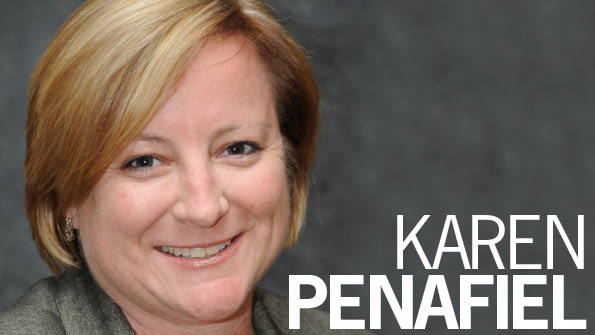In response to a rebounding commercial real estate industry and a renewed interest in energy retrofits, the Building Owners and Managers Association (BOMA) International has gathered a team of experts—representing commercial real estate companies, energy service providers and the financial sector—to create a contracting model for use by building owners to remove the uncertainty and risk of performing deep retrofits.
The result—the BOMA Energy Performance Contracting Model (BEPC)—provides a conceptual framework and supporting template documents to help private building owners/operators develop and execute investment-grade energy-efficiency retrofits. It gives building owners and service providers a new starting point from which to navigate through the complexities of an energy-performance contract, while providing transparency on pricing and performance expectations and giving building owners a high degree of confidence that the project will meet the stated goals.
The BEPC toolkit was first created in 2008 when BOMA International partnered with the Clinton Climate Initiative (CCI) and collaborated with leading real estate companies and energy service companies (ESCOs). Since then, the BEPC model has been used to facilitate projects in more than 20 cities on five continents. However, soon after this tool was released, the U.S. economy crashed, and deep retrofits were no longer top of mind for building owners. Now, with an economic recovery well underway, BOMA felt that the time was right to resurrect this resource, apply the “lessons learned” and update it to reflect new and emerging best practices.
So how does the BEPC model work? Energy-performance contracting is nothing new. It is routinely used by properties with long-term holds, such as schools, government buildings and institutionally-owned properties. But for owners of investment-grade office properties, there traditionally have been too many stumbling blocks to make this type of arrangement work well. For example, the complexity of a standard ESCO contract meant it could take a year or more to negotiate and it often was not easily transferrable to a new owner. The BEPC model takes all the “must haves” of the stakeholders; the contract template is still fully negotiable, but it provides a different starting point in the process.
In addition, the owner’s investment criteria determines the project scope, while the contractor provides a turnkey solution that meets or exceeds the owner’s investment criteria and works with the owner’s preferred vendors and contractors. As with traditional ESCO agreements, utility and operational savings can repay the cost of the project over time. The BEPC model is integrated with the Investor Confidence Project, which ensures that industry best practices have been followed to develop “investor-ready” projects that will perform as projected. Contractors/service providers may financially guarantee the energy savings or take out an insurance policy to compensate the owner for any potential shortfall. Since contractors are not strictly required to provide performance guarantees, the BEPC model includes any qualified contractors—not just traditional ESCOs—that agree to the BEPC terms and conditions.
Offering a high level of flexibility was a key goal of the update for BOMA International. The BEPC model provides measurement and verification as a separate standalone agreement to allow for cancelation at year one or anytime thereafter, thus lowering costs and maximizing flexibility. It is also “financing agnostic,” meaning the model works well with all possible funding sources, including Property Assessed Clean Energy programs, funding provided through an ESCO or third-party or self-financing.
The result is a new paradigm that BOMA believes will be a game changer in the commercial real estate industry. The updated toolkit includes customizable template documents, including an energy performance contract, RFQ and RFP model language and an investment grade audit contract. All of these templates are negotiable and easy to use. And if a building owner prefers to use his or her own standard contract, the BEPC language, principles and exhibits can be easily integrated into it.
I encourage all building owners and operators to explore this valuable resource, as it can help increase asset value, improve operational efficiency and demonstrate a commitment to sustainability. There is no cost to use the toolkit; BOMA International’s goal is to make these tools and templates available to all. Learn more and access the toolkit at www.boma.org/BEPC.
 Karen Penafiel is the vice president of the advocacy, codes and standards division at Building Owners and Managers Association (BOMA) International, based in Washington, D.C.
Karen Penafiel is the vice president of the advocacy, codes and standards division at Building Owners and Managers Association (BOMA) International, based in Washington, D.C.

